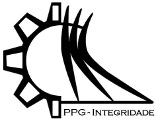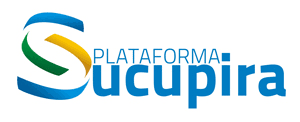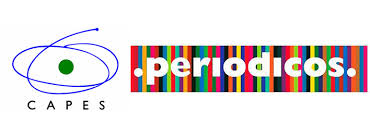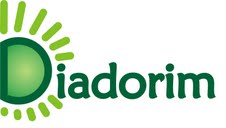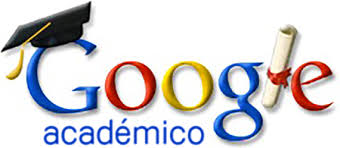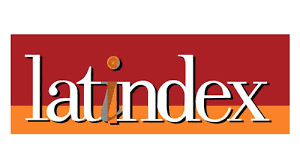ANÁLISE NÃO LINEAR DA INFLUÊNCIA DA FISSURAÇÃO NA RESISTÊNCIA AO ARRANCAMENTO DE PINOS EMBUTIDOS EM CONCRETO
DOI:
https://doi.org/10.26512/ripe.v2i18.20960Keywords:
Conectores de aço com cabeça. Arrancamento de conectores. Vigas de concreto armado. Análise não-linear.Abstract
Quando conectores de aço com cabeça são solicitados à tração, uma forma de ruptura é ocasionada pelo destacamento de uma região de concreto em torno do conector, em formato de cone. Sabe-se que o aumento do grau de fissuração na região do cone influencia negativamente na resistência do conjunto. Este trabalho apresenta uma modelagem computacional com base em uma série de ensaios experimentais caracterizados pelo arrancamento de conectores de aço embutidos em prismas bi-apoiados de concreto armado. A modelagem visou avaliar a influência do grau de fissuração na resistência do conjunto, onde variou-se a taxa de armadura de flexão de 0,3 até 3,2% entre os modelos, resultando em diferentes graus de fissuração. A análise numérica foi realizada usando o software MIDAS FEA. Foi feito um estudo paramétrico em um dos modelos, para ajustar as propriedades do concreto, sendo os alvos do estudo a resistência à tração, o módulo de elasticidade e a energia de fratura. Os valores definidos na análise foram extrapolados para os outros modelos. Foram determinadas cargas de ruptura e gráficos de carga x deslocamento para os modelos numéricos. Tais resultados foram comparados com os resultados experimentais, apresentando boa correlação, v dos modelos computacionais.
References
American Concrete Institute, 2014. Building Code Requirements for Structural Concrete. ACI-318. New York.
Chang Xu, Chan Heping, Liu Bin, & Zhao Fangfang, 2011. Modeling of anchor bolt pullout in concrete based on a heterogeneous assumption. Nuclear Engineering and Design, vol. 241, pp. 1345-1351.
Comité Euro-International du Béton, 1993. CEB-FIP Model Code 1990, London, Thomas Telford.
Delhomme, F., & Debicki, G., 2010. Numerical modelling of anchor bolts under pullout and relaxation tests. Construction and Building Materials, vol. 24, n. 1, pp. 1232-1238.
Eligehausen, R., & Balogh, T., 1995. Behavior of fasteners loaded in tension in cracked reinforced concrete. ACI Structural Journal, vo. 92, n. 3.
Eligehausen, R., & Ozbolt, J., 1992. Influence of crack width on the concrete cone pull-out load, Elsevier Applied Science, vol. 95, pp. 876-881.
Eligehausen, R., & Sawade, G., 1989, A fracture mechanics based description of the pull-out behavior of headed studs embedded in concrete. Fracture Mechanics of Concrete Structures
Eligehausen, R.; Bouska, P.; Cervenka, V.; Pukl, R. (1992). Size effect of the concrete cone failure load of anchor bolts. In: Bazant, Z. P. (Editor), Fracture Mechanics of Concrete Structures, pp. 517”“525, Elsevier Applied Science, London, New York.
Fédération internationale du béton (FIB), 2012 Model Code 2010, final draft, vol. 1. fib, Bulletin 65, Lausanne, Switzerland, Vol. 2.
Feenstra, P. H., 1993. Computational aspects of biaxial stress in plain reinforced concrete. Phd thesis. Department of Civil Engineering, Delft University of Technology.
Ozbolt, J., Eligehausen, R., Periskc, & G., Mayer, U., 2007. 3D FE analysis of anchor bolts with large embedment depths. Engineering Fracture Mechanics, vol. 74, pp. 168-178.
Ozbolt, J.; Eligehausen, R.; Reinhardt, H. W. (1999). Size effect on the concrete cone pull-out load, International Journal of Fracture 95, p. 391-404.
Vecchio, F. J., Collins, M. P., The modified compression field theory for reinforced concrete elements subjected to shear. Proceedings, vol. 83, n. 2, pp. 219-231.
Vollum, R. L., Abdel Fattah, T., Eder, M., Elghazouli, A. Y., 2010. Design of ACI type punching shear reinforcement to Eurocode 2. Magazine of Concrete Research, vol. 62, pp. 3-16.
Downloads
Published
Issue
Section
License
Given the public access policy of the journal, the use of the published texts is free, with the obligation of recognizing the original authorship and the first publication in this journal. The authors of the published contributions are entirely and exclusively responsible for their contents.
1. The authors authorize the publication of the article in this journal.
2. The authors guarantee that the contribution is original, and take full responsibility for its content in case of impugnation by third parties.
3. The authors guarantee that the contribution is not under evaluation in another journal.
4. The authors keep the copyright and convey to the journal the right of first publication, the work being licensed under a Creative Commons Attribution License-BY.
5. The authors are allowed and stimulated to publicize and distribute their work on-line after the publication in the journal.
6. The authors of the approved works authorize the journal to distribute their content, after publication, for reproduction in content indexes, virtual libraries and similars.
7. The editors reserve the right to make adjustments to the text and to adequate the article to the editorial rules of the journal.


